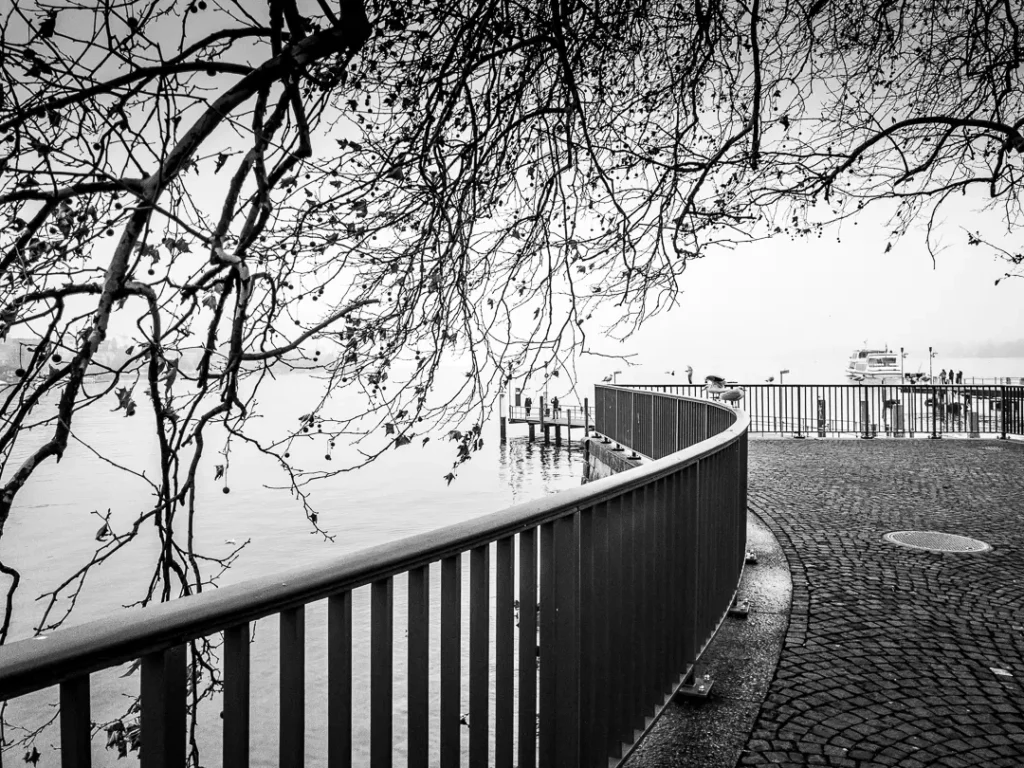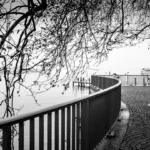Curves are soft. They flow. They meander. In a world of rule-of-thirds and razor-sharp diagonals, curved lines might seem like visual detours—relaxed, maybe even too gentle for a strong composition. But that’s the contradiction I love most: curved lines are not weak. In fact, they can hold extraordinary tension and dynamic energy—if you know how to use them.
Why Curved Lines Matter
In photography, we often chase structure. Straight lines give us balance, order, symmetry. They suggest control. Curves, on the other hand, suggest movement. They are rarely neutral—they pull the eye, imply motion, guide the viewer in a way that’s more organic than mathematical. And that’s exactly where their strength lies.

A curved road through a forest. A spiral staircase. The arc of a shadow at golden hour. These elements don’t just appear in the frame—they lead the frame.
Not a Contradiction—A Complement
It might seem paradoxical: how can something soft create visual tension?
Because curves disrupt the grid.
They introduce a rhythm that’s unfamiliar, sometimes even unsettling. In an otherwise ordered composition, a curve can introduce mystery. Where does it lead? What’s just beyond the edge? Curved lines engage the viewer not by laying everything out, but by inviting the eye to explore. That’s where tension is born—not from confrontation, but from curiosity.
Using Curves Well
Not all curves work the same. Here are a few things I’ve learned through the lens:
- Lead the Eye with Purpose – Use curves to guide the viewer toward your subject—or away from it, if mystery is your goal. Ask yourself: Where does this line go, and why should my viewer follow it?
- Balance with Negative Space – A curved line needs room to breathe. Crowding it with too many elements can turn elegance into chaos. Let the curve unfold in the frame.
- Contrast and Structure – Juxtapose curves with straight lines for maximum impact. A winding river against geometric buildings, or a dancer’s silhouette in an angular room—this contrast creates visual drama.
- Natural vs. Man-Made Curves occur both in nature and architecture. Explore how each type feels different: natural curves tend to feel gentle, while architectural ones can feel precise, even futuristic.
A Personal Note
I’ve found that curved lines often appear in my photos when I’m not looking for them—when I loosen control and simply observe. Maybe that’s the most beautiful thing about them: they’re rarely imposed, and more often revealed. They remind me that photography isn’t just about capturing structure, but about feeling space.
So the next time you compose a shot, don’t iron out the curves. Embrace them. Follow where they lead. Tension doesn’t always come from conflict—sometimes, it flows in arcs.
